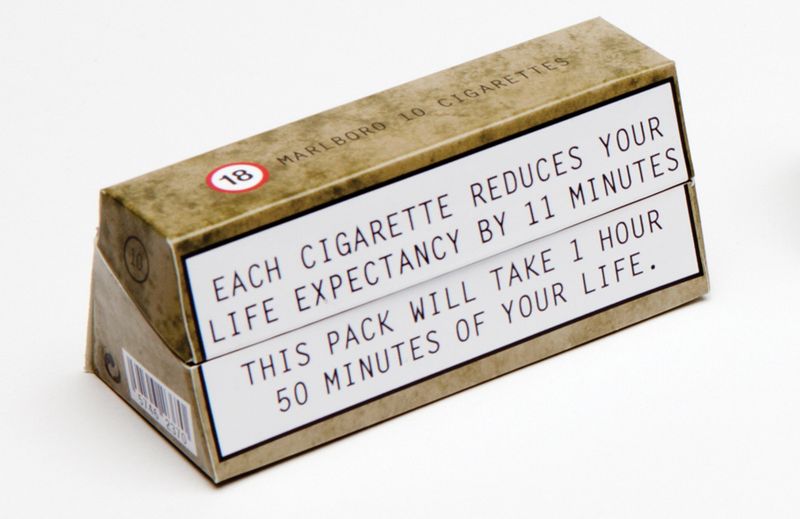The 2nd Annual Tim Sackett Day Honors the Great Paul Hebert
First off - Happy Tim Sackett Day!
What the heck is Tim Sackett Day you might be wondering?
Let me take you back to a similar cold, windy, snowy January day just one year ago when a rag-tag band of Human Resources bloggers joined together to honor one of our own, one of the often unsung HR heroes, toiling in the trenches, working day-in and day-out to improve the workplace, one step at a time. The idea was to recognize and praise the type of HR, Talent, or Recruiting pro that all too often goes, well, unrecognized in an era where 'Look at me' sometimes trumps, 'See what I have accomplished.'
Last year, the inaugrual Tim Sackett Day honored, well duh, Tim Sackett.
For the 2nd Annual Tim Sackett Day, the HR blognoscenti honors one of the stalwarts in the world of motivation, incentives, and influence - none other than the amazing Paul Hebert. Paul Hebert
Paul Hebert
If you know Paul then you won't be surprised at all by the decision to single him out for this type of recognition. He is, for me, the single most knowledgeable, well-informed, experienced, and level-headed thinker, writer, and implementer in the world of influence, behavior, recognition and rewards.
He has forgotten more about what really works to drive change in organizations that most of us will even know.
And he won't hesitate to tell you if the latest buzzwords are BS, that often times you actually don't need, or are not ready for his services, and that influence, rewards, and incentives have to be connected to the needs of the organization to truly be successful.
But beyond all that, past his insight and expertise, Paul is simply and unequivocally one of the most giving, considerate, and thoughtful people I've come to know in many years.
Have a question? Paul is there to try and help.
Have a new project or endeavor? Paul is there to support.
Want an intelligent conversation, or just a laugh? Paul is there to advise, educate, and commiserate.
Quite simply, Paul is one of the very best people I have ever met, and I am proud and honored to call him a friend.
Lately, Paul has been fighting a brave and courageous battle against cancer - you can learn more about Paul's situation here. I know you join me in praying for a speedy and full recovery for Paul.
So congratulations to Paul for this great honor, and congratulations as well to all the great, hard-working, unsung, but essential HR and Talent professionals that do their part, every day, to try and make all our workplaces better, more meaningful, and more important.
Happy Tim Sackett Day!
Note: You can participate in the festivities today on Twitter - use the hashtag #TimSackettDay

 Steve
Steve

